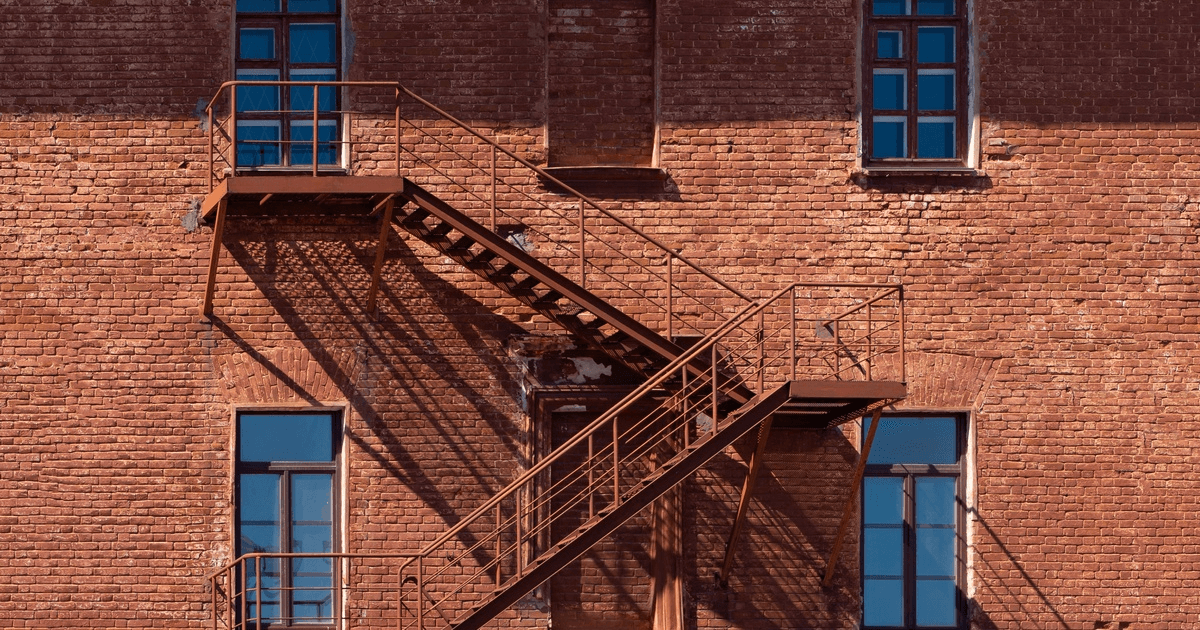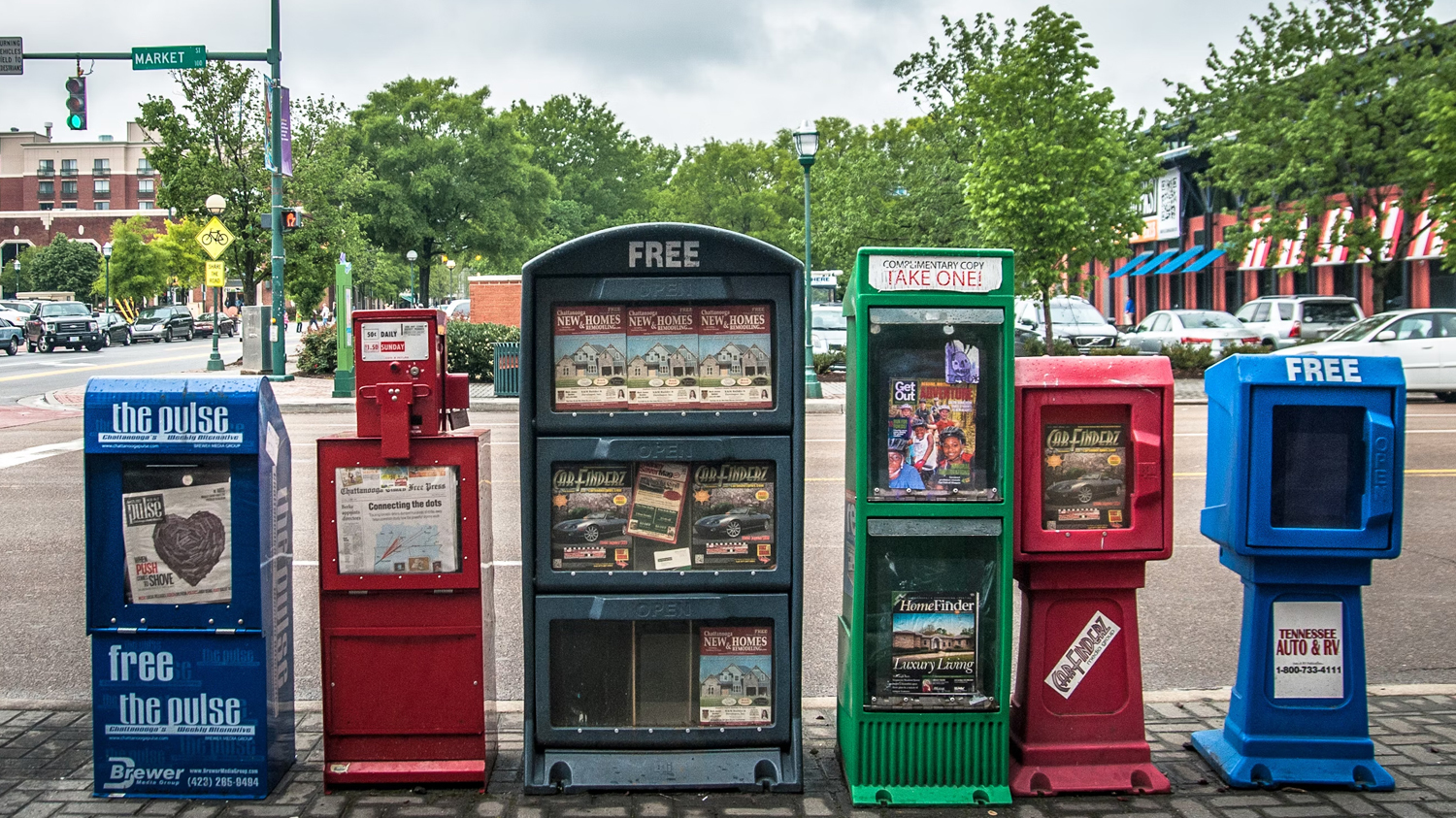

A fire escape is a critical safety feature for any multi-story building, offering a vital exit route during an emergency. However, these metal structures are constantly exposed to the elements, making them susceptible to corrosion. Corrosion, commonly known as rust, is a natural process where metals break down due to chemical reactions with their environment. This process can significantly weaken a fire escape, compromising its structural integrity and putting lives in danger.
Understanding how corrosion works and what you can do about it is essential for property owners. Ignoring the signs of rust can lead to expensive repairs, safety violations, and a dangerous situation for residents. This guide will walk you through the different types of corrosion, the factors that accelerate it, and the practical steps you can take to inspect, maintain, and protect your fire escape. Keeping this structure in good condition is a fundamental responsibility that safeguards both your property and the people inside it. Continue reading to discover how to fight corrosion on your building’s fire escape.
Not all rust is the same. Different types of corrosion can affect your fire escape in various ways, each requiring a specific approach to manage.
Uniform attack corrosion is the most common form you will see. It causes the metal surface to deteriorate evenly, leading to a gradual thinning of the material. While it looks bad, its predictable nature makes it relatively straightforward to manage with regular maintenance.
Pitting corrosion is more deceptive and dangerous. It produces small, localized holes or “pits” in the metal. These pits can penetrate deep into the structure, weakening it from the inside out without showing widespread surface rust. Because it is so concentrated, pitting can cause a fire escape to fail unexpectedly.
Galvanic corrosion happens when two diverse metals are in contact with each other in the company of an electrolyte, like rainwater. This contact creates an electrical current that causes one of the metals to corrode much faster than it would on its own. This corrosion is a common issue at joints and connection points where you might use different bolts or plates.
Crevice corrosion happens in tight spaces where oxygen is limited, such as under bolt heads or between overlapping metal plates. These stagnant areas trap moisture, creating an environment that allows corrosion to accelerate.
Lastly, stress corrosion cracking is a particularly serious problem that occurs when a metal structure is under constant tension while being exposed to a corrosive environment. This combination can lead to the formation of fine cracks that grow over time, eventually causing the structure to fail under its own weight.
Several environmental and material factors can speed up the rate at which a fire escape corrodes. Moisture is the primary driver of corrosion, so fire escapes in areas with high humidity, frequent rain, or coastal salt spray are at a much higher risk. Salt, in particular, is extremely corrosive to metals like steel and iron because it acts as a powerful electrolyte, accelerating the chemical reactions that cause rust.
Pollution also plays a significant role. Industrial pollutants, such as sulfur dioxide and nitrogen oxides, can mix with rainwater to form acid rain. Acid rain significantly lowers the pH of the moisture on the metal’s surface, which dramatically increases the corrosion rate. Temperature fluctuations can also contribute to the problem. The expansion and contraction of the metal can create small cracks in protective coatings, allowing moisture to seep in and start the corrosion process.
The type of material used to build the fire escape is another key factor. Wrought iron and steel are common choices, but they are highly susceptible to rust without a proper protective coating. The design of the fire escape itself can also create vulnerabilities. Areas that trap water, like horizontal surfaces or poorly designed joints, will corrode much faster than sections that allow for proper drainage.
Regular inspection and maintenance are the most effective ways to combat corrosion. Property owners should conduct visual inspections at least twice a year, ideally in the spring and fall. During these checks, look for signs of rust, peeling paint, cracks, and warped components. Pay close attention to welds, joints, and the areas where the fire escape attaches to the building, as these are common points of failure.
When you identify corrosion, you must address it promptly. For minor surface rust, you can often remove it using a wire brush, sandpaper, or a power grinder. After removing the rust, thoroughly clean the area to remove any dust or debris. The next step is to apply a rust-inhibiting primer to the bare metal, which creates a barrier against moisture and oxygen. Once the primer is dry, apply a top coat of paint specifically designed for exterior metal surfaces.
For more severe corrosion, such as deep pitting or widespread rust, the repair process is more complex. You may need to replace entire sections of the fire escape. This replacement is not a DIY job; it requires a qualified professional who understands structural engineering and welding. Attempting to repair a severely damaged fire escape without the proper expertise can create a false sense of security and leave the structure unsafe.
Preventing corrosion before it starts is far more effective and less costly than dealing with it after the fact. The most common prevention method is the application of protective coatings. High-quality paint systems designed for metal can create a durable barrier that shields the fire escape from moisture and other corrosive elements. For the best protection, it is wise to hire a professional to paint your fire escape. Experts know how to properly prepare the surface and apply industrial-grade coatings that last for years.
The coating process typically involves a primer and one or two top coats. Zinc-rich primers provide excellent protection through a process known as cathodic protection, where the zinc corrodes sacrificially to shield the underlying steel. The top coat adds an extra layer of security and provides the desired color and finish.
Another effective prevention method is galvanization. This strategy involves coating the steel or iron with a layer of zinc. Hot-dip galvanizing, where the entire fire escape component becomes submerged in molten zinc, provides a very thick and durable coating that can last for decades. Using corrosion-resistant materials, such as stainless steel or aluminum, is another option, although it is significantly more expensive upfront. These materials have inherent properties that make them less reactive to the environment.
Building owners must follow local, state, and national safety regulations for fire escapes. These codes specify requirements for inspection, maintenance, and load-bearing capacity. For example, many cities require a certified professional engineer or architect to inspect fire escapes every five years and submit a report to the building department. These inspections are thorough, often including load tests to verify that the structure can support the required weight.
Failing to comply with these regulations can result in hefty fines, legal liability, and even orders to vacate the building until the fire escape is up to code. Keeping detailed records of all inspections, maintenance, and repairs is crucial. This documentation demonstrates your commitment to safety and can be invaluable during a regulatory inspection or in the event of an incident. Familiarize yourself with the specific codes in your jurisdiction to understand your obligations as a property owner.
Protecting your fire escape from corrosion is not just about preserving the appearance of your building; it is a critical safety responsibility. Through regular inspections, proactive maintenance, and the use of quality protective coatings, you can significantly extend the life of your fire escape and maintain its structural integrity. Addressing minor issues as they arise prevents them from becoming major, costly problems down the road. By staying diligent, you provide a safe and reliable exit for your residents while protecting your investment.

Put your business in front of thousands of LOCALS! Create your free listing on the NewsSTAND and update your profile anytime to share the latest info, specials, and contact details.

Got a story to Share? Pitch your idea or write an article for the NewsSTAND! Join us in highlighting the positive and powerful moments that make our city shine.

We’re passionate about working together to amplify our City. Reach out to the NewsSTAND team to explore collaboration opportunities and make a difference in our community.
Hover over each card to unlock the full story and see what you’re about to get!







